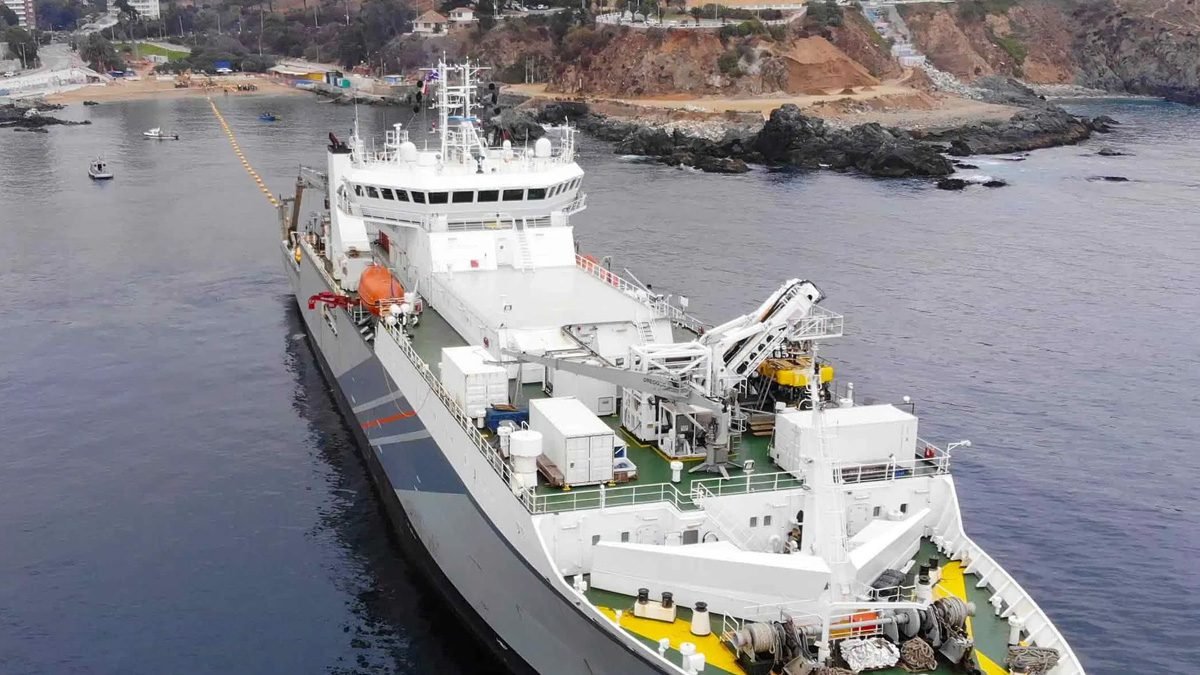
Google will soon come up with Grace Hopper subsea cable which will initially link the US to European countries like the UK and Spain. On July 28, Google and LLC made an announcement regarding the subsea cable which will be named after the prominent computer scientist Grace Hopper.
The Grace Hopper subsea cable will make the communication and data crossing easier and faster over the Atlantic. This will drastically improve Google’s cloud expansion roadmap in future.
As per the reports, Google has been working on the private subsea cables with its partners for quite some time. Finally, the search giant has announced its Grace Hopper subsea cable which will have landing points in New York, Bude, UK, and Bilbao and Spain. Thus, the cable will be able to connect the US region with Europe crossing all over the Atlantic.
Google Grace Hopper will be going online in 2022. With that, it will be joining Google’s other private subsea cables, e.g. Dunant (connecting the US and France), Curie (connecting the US and South America), and Equiano (connecting Europe and Africa).
In order to build the subsea cable, Google has given the contract to SubCom, a telecommunications equipment company which was also behind the development of Dunant and Curie cables.
Google is hopeful that Grace Hopper will improve the connectivity and will allow the data to move faster with the help of its 16 fiber pairs (32 fibers). These fibers will not only make the data transferring faster but also set a new bandwidth record.
Subsea cables are laid on the sea bed between land-based stations to carry telecommunication signals across stretches of ocean and sea. If we look at the statistics, around 99% of the data traffic that is crossing oceans is carried by these undersea cables. Google Grace Hopper internet cable will be the fourth fully owned subsea cable by Google besides being the very first private subsea cable route to the UK.
Goole calls the project as “significant upgrade to the internet infrastructure connecting the US with Europe”. Bikash Koley, the Vice President of global networking at Google wrote in his blog post about their recent undersea cable.
Grace Hopper will incorporate novel optical fiber switching that allows for increased reliability in global communications, enabling us to better move traffic around outages. Google and SubCom engineers collaborated on incorporating this innovative switching architecture into the system. Grace Hopper is the world’s first submarine cable to use this technology, and we look forward to deploying the technology on other systems in the future.
Hence Google is interested to launch a new Google Cloud region in Madrid, this new route will definitely help the company to increase the networking capabilities to the region to its global network.
Google is the largest owner and investor in submarine cable networks globally and has already invested in almost 15 subsea cable systems upon its announcement of Grace Hopper on July 28.
The Equiano and Blue Raman are two of the upcoming projects of Google besides Grace Hopper. Equiano will be connecting Portugal and South Africa, running along the West Coast of Africa. On the other hand, Blue Raman cable system will link India, Oman, Saudi Arabia, Jordan, Israel and Italy, creating a new submarine cable route through the EMEA region, bypassing Egypt.
To conclude, Google is definitely doing a great job in connecting different countries and bringing the world under one roof. We hope that these under sea cables will improve more in future and will deliver better telecommunication and data transferring around the globe.
Via TechGenyz https://www.techgenyz.com
ConversionConversion EmoticonEmoticon